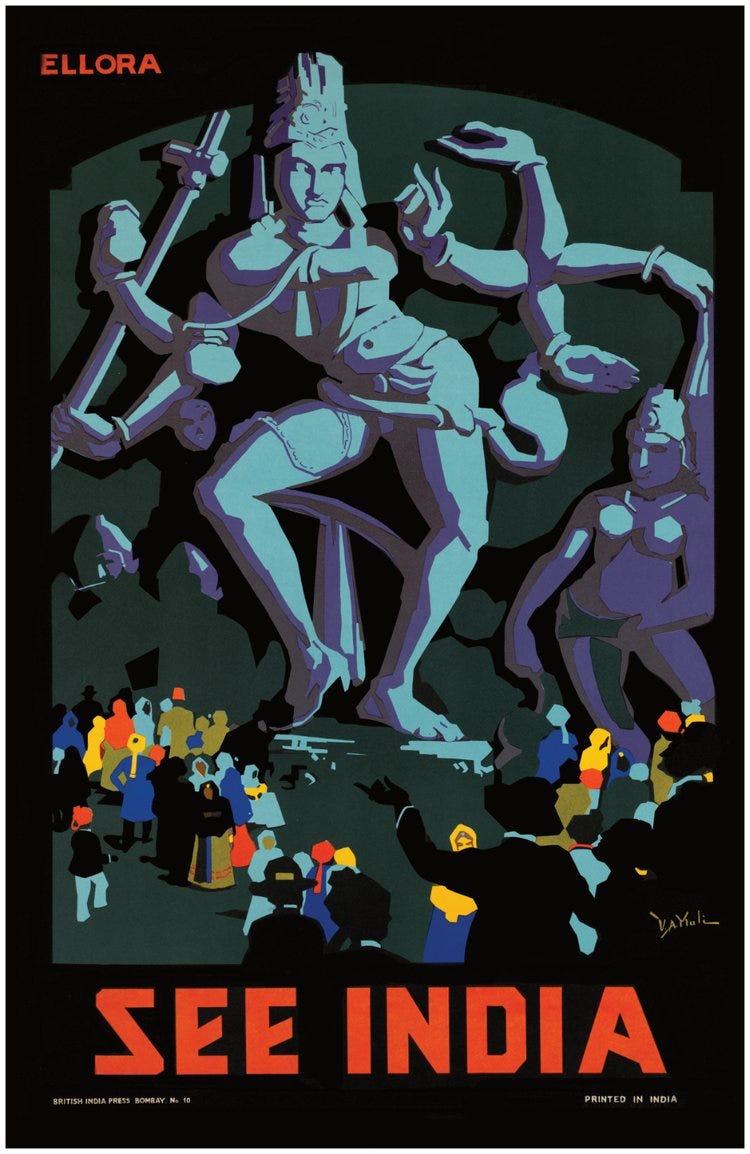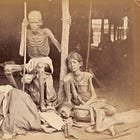Welcome to the Brown History Newsletter. If you’re enjoying this labour of love, please do consider becoming a paid subscriber. Your contribution would help pay the writers and illustrators and support this weekly publication. If you like to submit a writing piece, please send me a pitch by email at brownhistory1947@gmail.com.
Don’t forget to check out our SHOP and our Podcast

Recommended Reads:
The Anglicization of Indian Names: The Erasure of Cultural Identity
The British colonial rule in India brought with it more than just political control and economic exploitation; it ushered in a cultural transformation that had profound implications on the identity and narrative of the Indian population. One of the subtle yet significant tools of this transformation was the anglicization of Indian names, a practice that was prevalent among British officials dealing with Indian servants and the broader population. This seemingly innocuous act was not just about convenience or ease of pronunciation; it was a deliberate mechanism that facilitated the erasure of indigenous identities and removed large sections of the population from mainstream narratives.
The British colonial officials often found Indian names difficult to pronounce and remember. To overcome this, they would simplify, shorten, or entirely change the names of Indian servants, clerks, and other locals they interacted with regularly. This practice extended beyond individuals to encompass towns, landmarks, and even religious and cultural practices, which were given anglicized names to suit the colonial tongue. For example, a common Hindi name like ‘Ravindra’ would become ‘Rob’ or ‘Robbie’ and ‘Narender’ could become ‘Nate’. Similarly, cities like Kolkata became Calcutta, and Thiruvananthapuram was anglicized to Trivandrum. This practice of renaming was not only a way to assert dominance over the subjugated population but also served a practical purpose for the colonial administration, making communication and record-keeping easier for the British, who were often unfamiliar with the local languages and dialects. Indigenous voices and perspectives were either excluded or misrepresented, and the anglicized versions of names and places became the accepted standard. This exclusion from mainstream narratives had a lasting impact, creating gaps and silences in the historical record.







